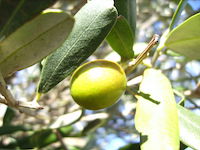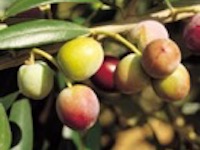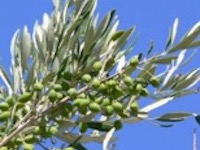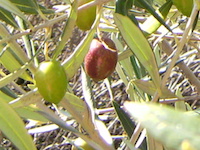
Types of Olives: What Olives Are in Your Olive Oil?
One of the best reasons to opt for a high-quality olive oil is that you can be certain it is made with one thing: olives. There is no mixing of other kinds of oils and no added ingredients. To ensure quality, Bertolli picks the best olive oils pressed from olives grown all around the world. By not limiting to a single origin or single olive type, Bertolli’s olive oils remain premium and unaffected by any crop issues related to bad weather or, in certain countries, pest invasions.
At Bertolli, master blenders sample as many as 20,000 olive oils in a year to determine the ideal combination that delivers a consistent olive oil flavor.
So, what are the taste profiles of these different olives? Much like any other fruit, distinct regions produce olive varieties with unique flavor characteristics. Get to know our top five favorite olives below!
Olive Variety: Hojiblanca
Origin: Spain
Flavor Profile: Lightly bitter or occasionally pungent and sweet with a light touch of apple. Mild on the palate with an almond aftertaste.
Olive Variety: Coratina
Origin: Italy
Flavor Profile: Olive-leaf notes with hints of green almond. Very bitter and spicy taste. This olive produces a highly fruity oil.
Olive Variety: Arbequina
Origin: Spain and Portugal
Flavor Profile: Ripe apple, green banana and fresh almond notes. This olive produces a sweet oil with a fruity aroma.
Olive Variety: Koroneiki
Origin: Greece
Flavor Profile: Smell of freshly cut grass, green vegetables and Mediterranean herbs. This olive produces a fruity oil.
Olive Variety: Picual
Origin: Spain
Flavor Profile: Smell of a fig still green on the tree and a persistent bitter taste.






